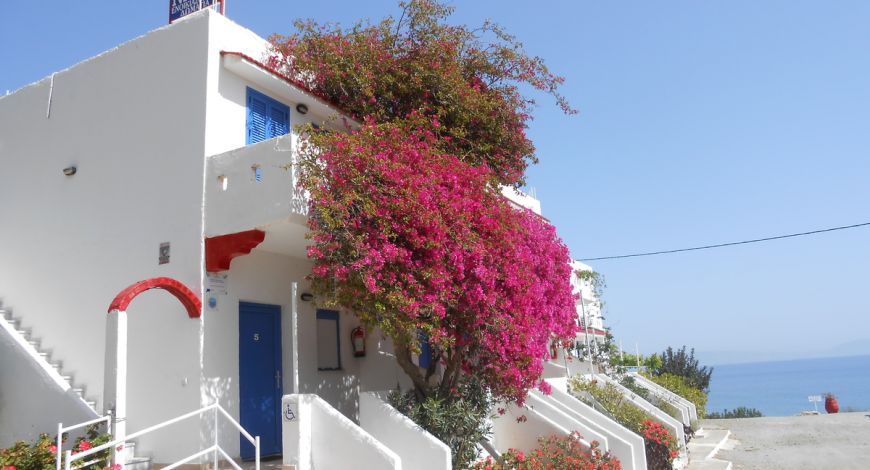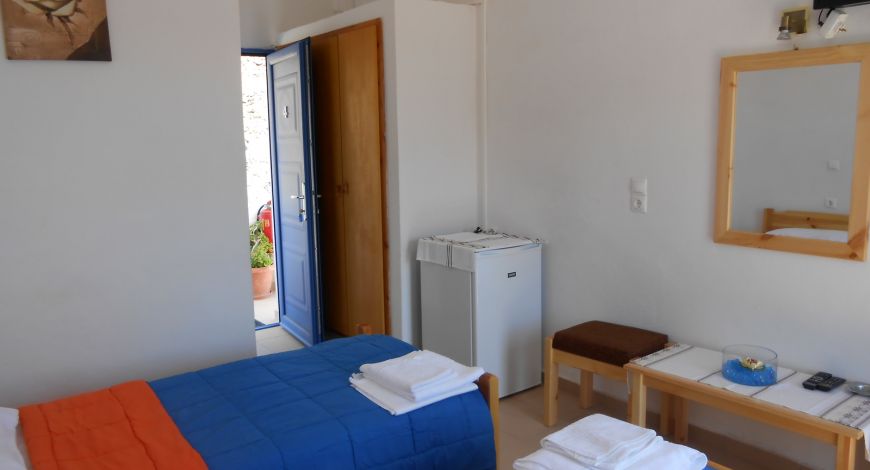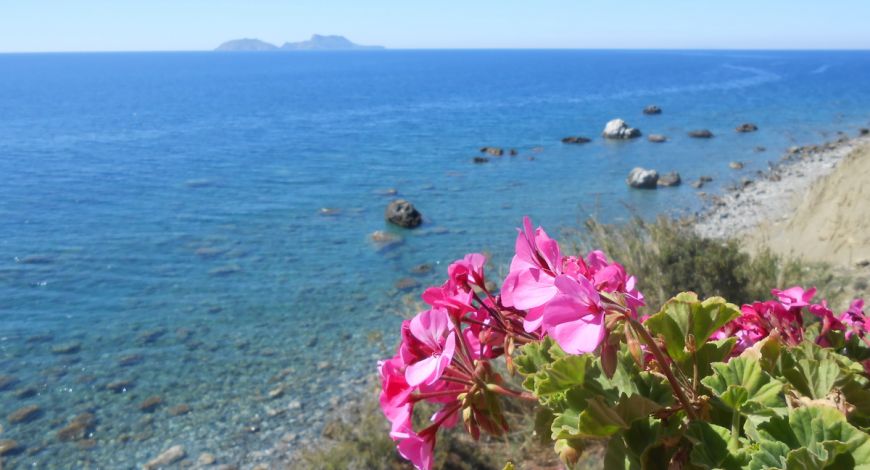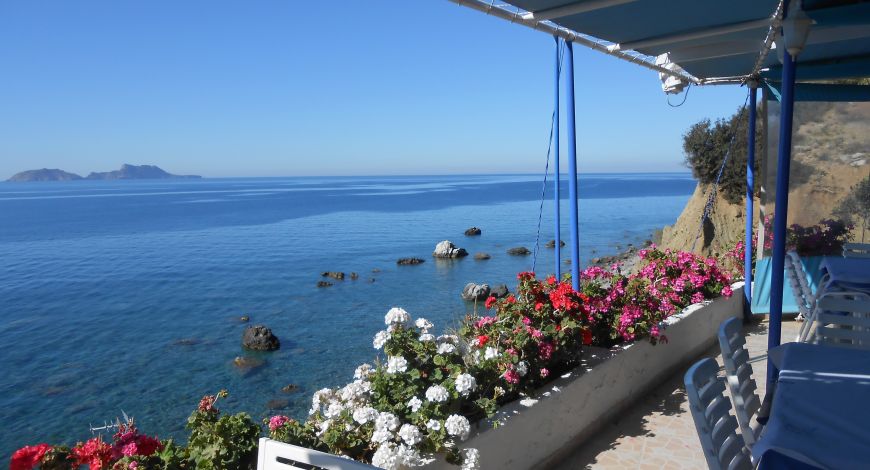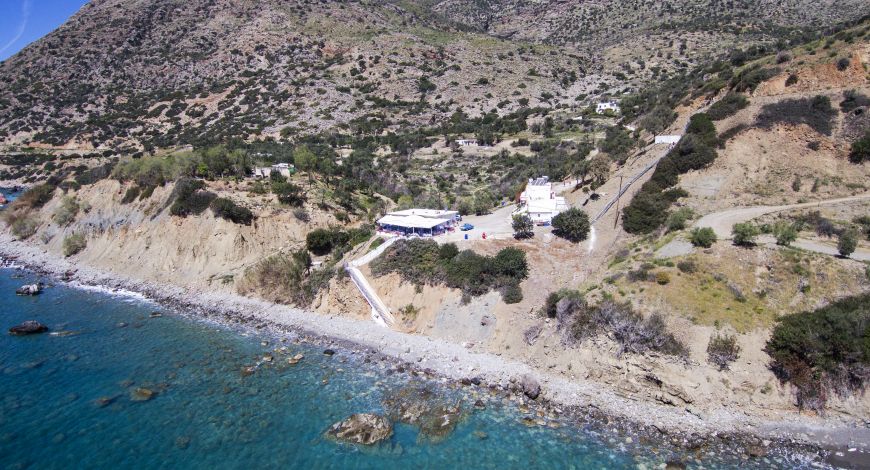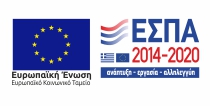-

Taverna & Rooms Nikos
Agios Georgios
A breathtaking view to the crystal clear waters of South Crete
-

An ideal place
for relaxing vacations!
Agios Georgios
On the south of Crete, just a little further from Agia Galini, there is the beach of Agios Georgios. It is a place away from the hustle and bustle of city life, with crystal clear blue waters and a pristine beach. The perfect spot for a relaxing vacation.
While getting to Agios Georgios, you will find many paths that will take you to small chapels or tiny, quiet pebble beaches.
An ideal place
for relaxing vacations!
ROOMS FOR RENT
Cozy rooms next to the beach.
TAVERN
Enjoy traditional flavors while gazing the sea.
FREE WI-FI
Free WI-FI is available in all hotel areas.
AIR-CONDITIONING
All rooms are equipped with air-conditioning.
Nikos Place
Sights
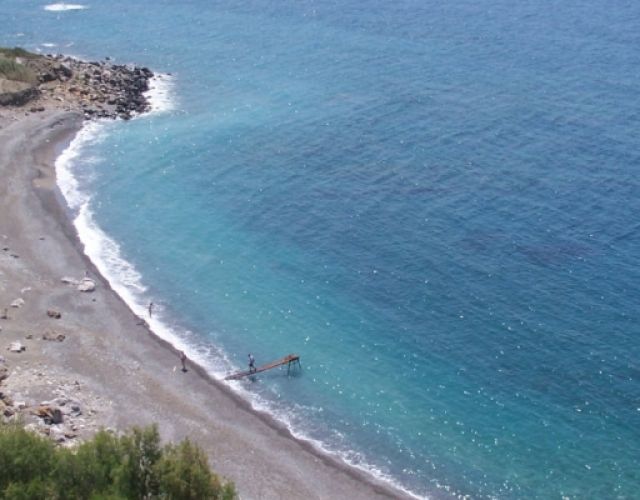
Saint Georges beach
A beautiful beach, right next to Agia Galini can be reached by car or by boat from the port of Agia Galini or even on foot in about 1 hour.
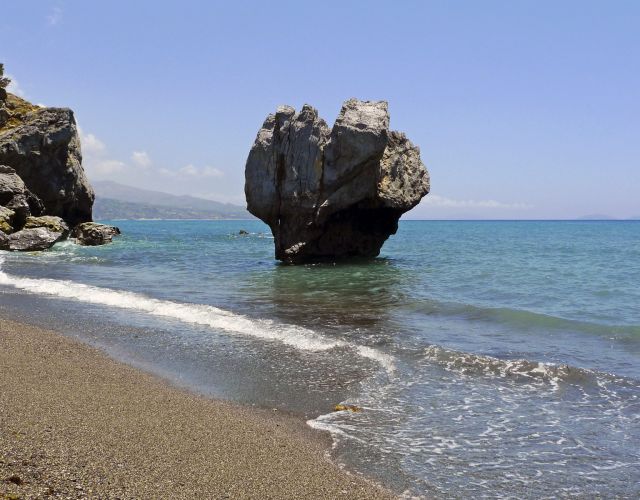
Plakias beach
A seaside village with a long beach which provides umbrellas and sunbeds and also a small harbour with restaurants and cafes.
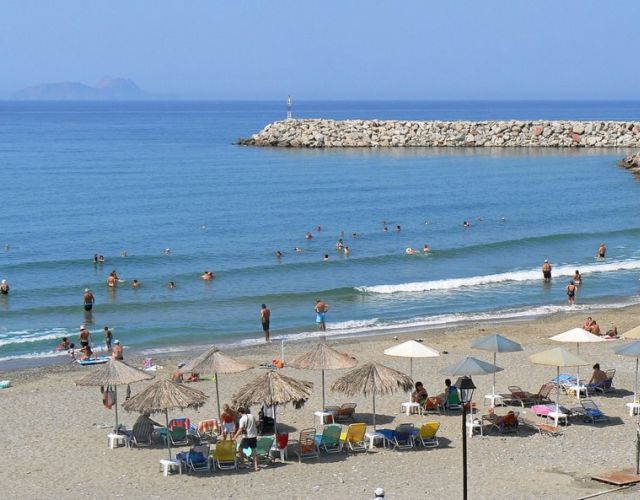
Kokkinos Pyrgos beach
The small port of Kokkinos Pyrgos separates its two beaches. On the west side there is a rocky and pebble beach that stretches to Agia Galini and on the east side a beach that reaches Kommos.
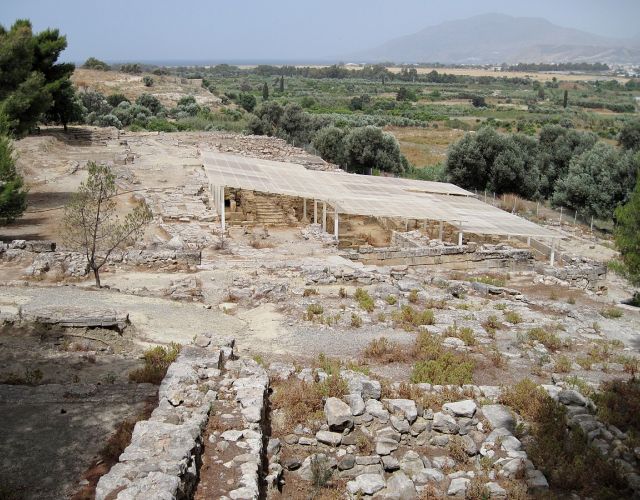
Agia Triada - Archaeological site
The Royal Villa or the small Minoan Palace of Agia Triada (Holy Trinity) as was named by the archaeologists who excavated the area during the early 20th century. Was built in 1,600 BC over a hill near Phaistos and is one of the greatest monuments of Minoan architecture with important findings.
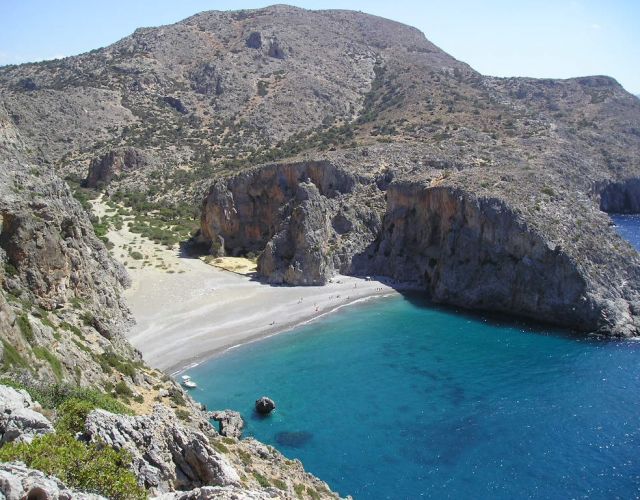
Agiofarago
Agiofarago Canyon is located in south of Odigitria Monastery is very scenic and accessed only on foot. Its name indicates that it was used by many hermits who stayed here because of the isolation of the area.
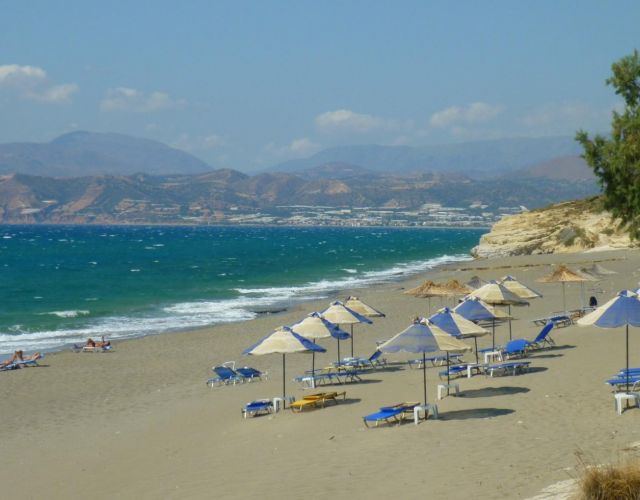
Kalamaki beach
A sandy beach in front of the little village of Kalamaki. Along the beach you will find restaurants and cafes.




